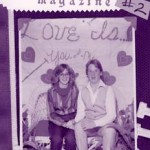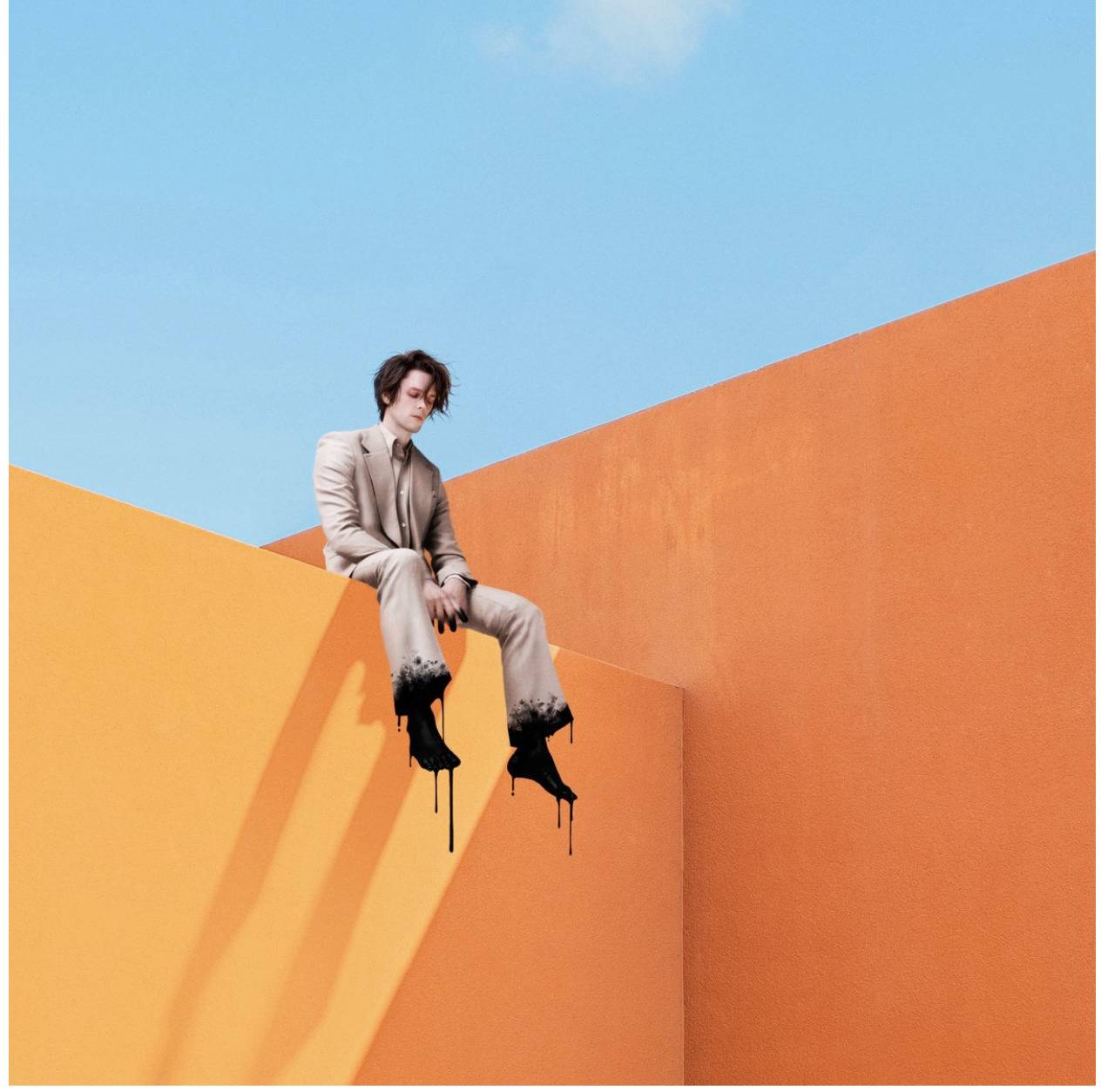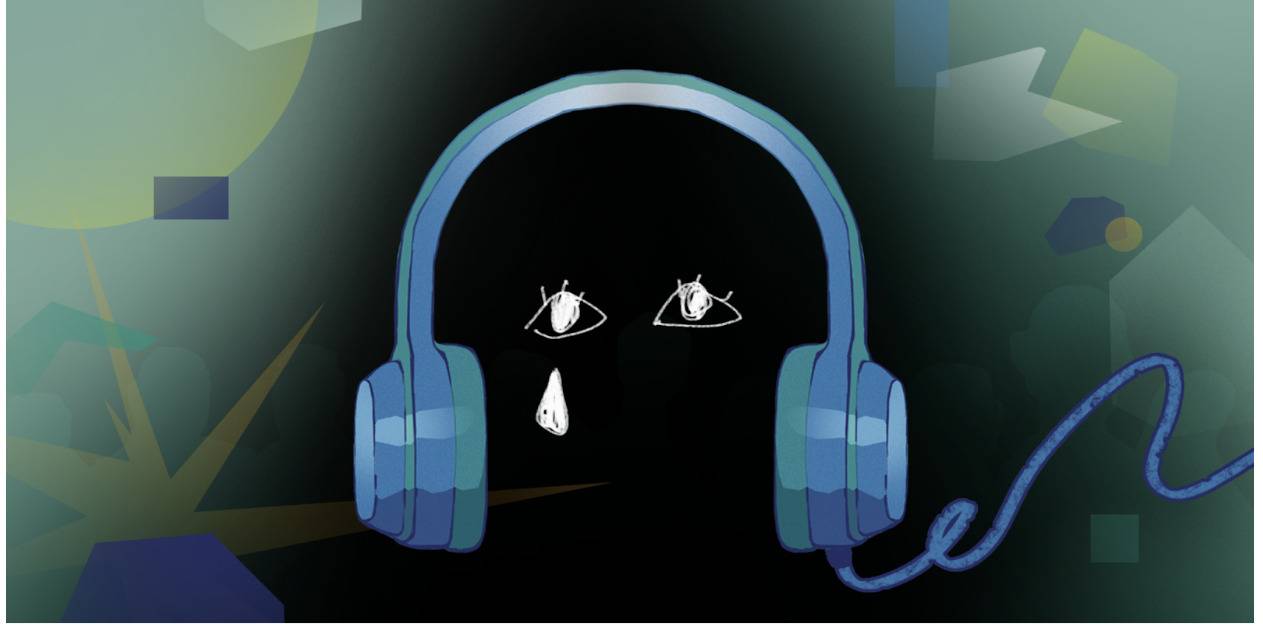Sitting in on a Chicago Symphony Conductor’s Master Class
By Jenny Gheith
Interest in classical music has waned in recent years. Due in part to the cliché image of little-old-ladies and their husbands and the “sophisticated elite” as the main audience. The opera and ballet are perhaps more popular. They give the audience something to engage in both visually and aurally. The development of art and music has always been interconnected and at times joined together in performance. However, orchestral works are events and played without the aid of visual art. In this instance, music is not a vehicle for a dance or lyrics but is in itself an experience. As part of the humanities, music is rooted in human experience and is inevitably about us, so then why is there such a distance from classical music? We have ears, but are we listening?
As young children we are all taught to read and to decipher the symbols and markings that make up our written language so we can communicate. It does not happen overnight though, and some children struggle to decode the letters and sounds that formulate words. As students at SAIC we all understand that art also has its own language. Having the ability to see does not constitute a complete understanding of art: it takes patience and a desire to learn. Just think of all of those people who defensively remark that their two-year old could make a better painting than Pollock. It is the same with music.
Recently I had the rare opportunity to sit in on a master class given by Daniel Barenboim, 62, the music director of the Chicago Symphony Orchestra, with the award-winning and ultra-popular pianist Lang Lang, 22, as student. Filmed for New York public television, this was essentially a private lesson in front of a live audience. It will also be aired on TV next fall and archived on DVD. The critical discussion between Lang Lang and Barenboim, coupled with the question and answer period that followed the lesson, challenged the distant relationship between the audience and classical music, bringing up issues which relate directly to teaching and interpreting music and deeper questions about knowledge and existence.
Raucous applause from a packed hall greeted Lang Lang and Barenboim. As Lang Lang played the first movement of Beethoven’s Sonata in F Minor No. 23 Opus 57 “Appassionata” (1804-5) in its entirety, Barenboim stared, fully engaged on Lang Lang’s hands and movements. When the piece was over, Barenboim shouted a resounding “Bravo!” and the room exploded in applause. The performance was fantastic, but how could a seasoned pianist make Beethoven sound bad? I wondered, how can you teach someone as advanced as Lang Lang? As the minutes passed, I was pleasantly surprised by Barenboim’s comments.
After a few short blurbs of praise for Lang Lang’s playing, Barenboim did not hesitate and started straight in with a critical analysis of almost every note and phrase on the first three pages. In the 45-minute session, Barenboim imparted technical lessons such as, “a transition determines the character of the next section,” “you must keep the tension in this passage” and “I must hear the bottom note of that chord.” Following this were critical moments that brought forth the underlying meaning of the piece and slowly, the layers that separated the audience from the music were peeled away.
In the beginning of one section, Barenboim compared the transition to a conversation. He explained, “This part is like the beginning, at first you are a bit awkward and slowly you lose your nervousness.” In another, the left hand was engaged in discussion with the right and was in fact “the commentary” which must be “clearly annunciated.” Relationships became more evident as Barenboim discussed how a section should be treated. “You must play as if the music has been there all the time and we just noticed it.” He expounds, “It is not permissible to go against the structure.” Music at its core is “unrepeatable” and thereby “never the same twice.” While Lang Lang’s understanding seemed wavering, in the end, I think Barenboim achieved his desired results.
Whenever a live performance or lecture is opened up for questions, you never know what to expect, but Barenboim’s eloquent and deeply philosophical answers expanded my understanding of not only this particular Beethoven sonata but also the larger lessons one can learn from music. When asked about the most important aspects of Beethoven’s sonatas, Barenboim paused and explained that he would not answer this in specifics. Sure, he could point out the different stylistic qualities that make Beethoven’s works difficult, but for Barenboim this was not important. What is important, he reflected, is that “music is not about pointing out parts, but integrating so you are not able to detect the separate elements. It is a shame that children are not taught music in school because I don’t know a better lesson than that.”
Picking up on the relationship between optics and sound, an intuitive young boy asked, “When you play, do you see images?” Lang Lang quickly answered that he does, but typically they are more in terms of colors, which vary greatly, especially between works by Beethoven and Chopin. Barenboim says he rarely sees anything while he plays. He counters, “I hear music when I see images in life.”
Music is the medium through which Barenboim understands and pieces together the meaning of his world. For others this medium is art. I could not help but think of Leonardo da Vinci’s drawing of Vitruvian man when Barenboim described music as consisting of an equilibrium “between the vertical (chords) and the horizontal (linear notes) like in the human body.” Metaphors that root the notes in real life pervaded the discussion, overlapped with common deliberations about art. Barenboim observed, “The most anti-musical thing is routine. Music reminds us that life is unique. It takes courage to not just be comfortable.” Here, the word music is easily substituted with art.
My favorite lesson that I took away from the master class was Barenboim’s reflections on the nature of teaching music: “You can teach more about music than is believed. What cannot be taught is the level of the relationship with the music: the burning intensity.” In the end, it is the passion and the desire that we bring to music and life that matters. Understanding classical music comes with the will to listen and learn.
February 2005





















